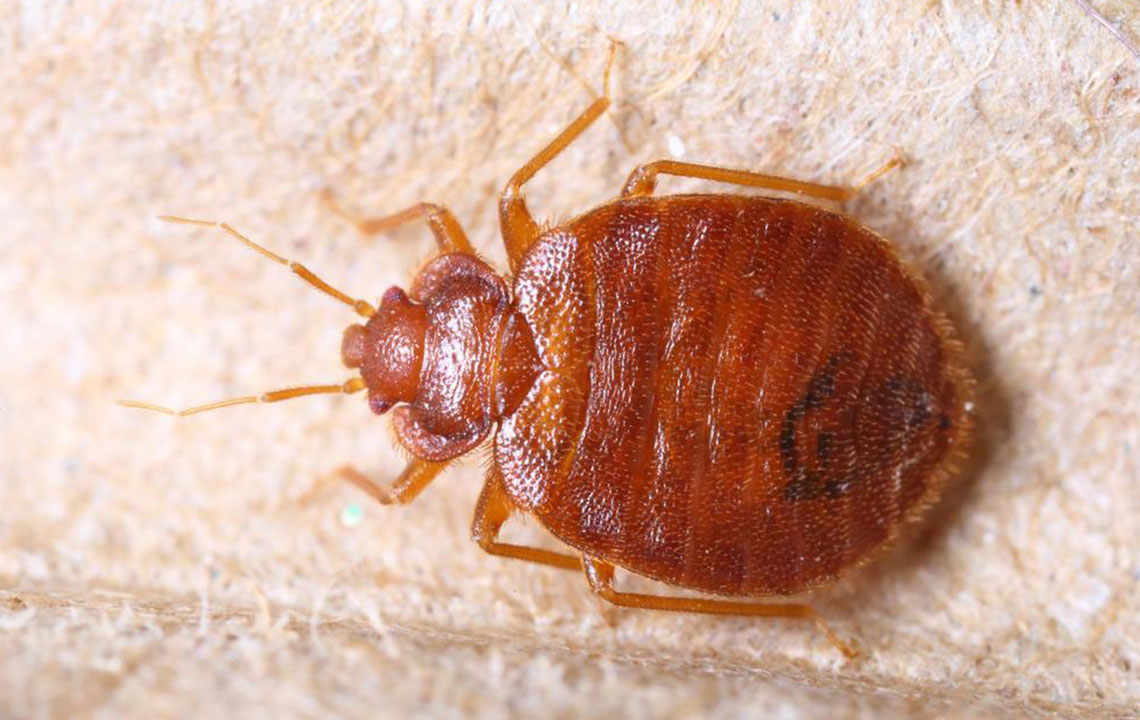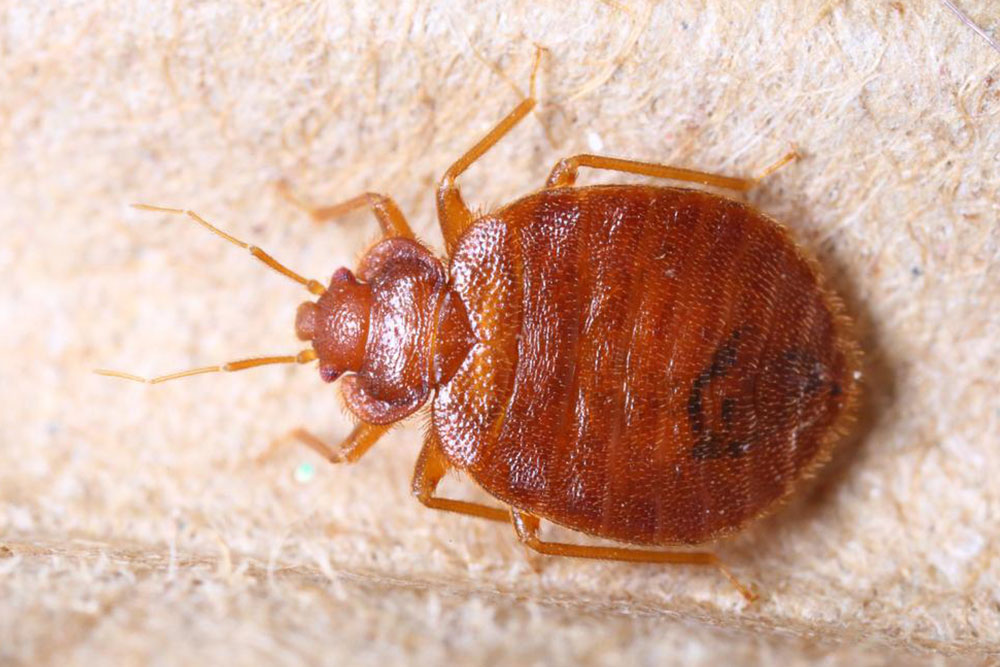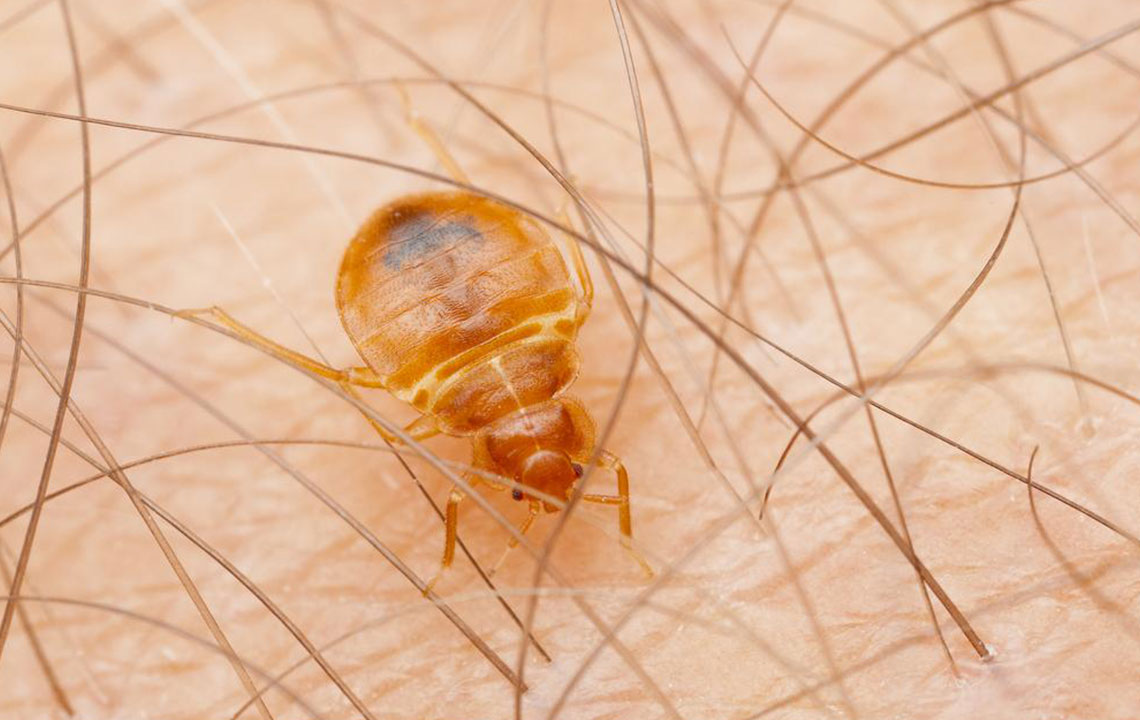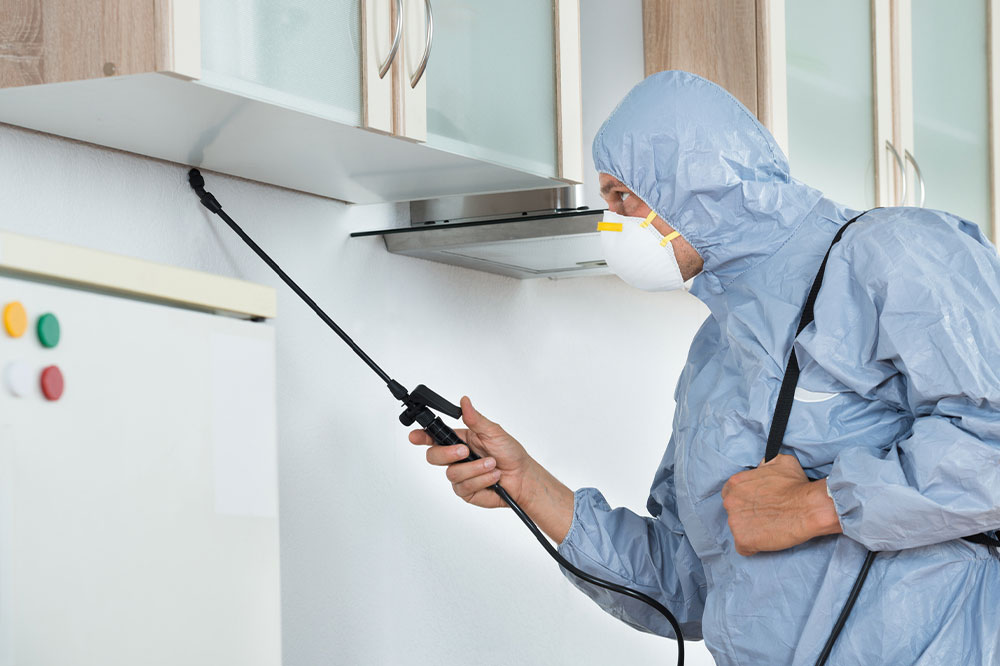Comprehensive Strategies to Eradicate Bed Bug Bites and Infestation Effectively
Learn comprehensive strategies to detect, treat, and eliminate bed bug bites and infestations. This detailed guide covers early warning signs, effective treatment methods, and professional pest control solutions to ensure your home remains bug-free. Act quickly to prevent spread and protect your health against these tiny pests.

Identifying Bed Bugs in Your Living Environment
Bed bugs are tiny, blood-sucking insects that often go unnoticed due to their small size and elusive nature. These reddish-brown, flat, oval-shaped creatures typically hide in the smallest crevices of furniture, beds, curtains, and surrounding areas. Although they cannot fly, bed bugs are quick movers and can spread rapidly within a space. Their presence is common in residential homes, hotels, dormitories, healthcare settings, and office environments. While they do not transmit infectious diseases, their bites can lead to uncomfortable skin reactions and allergic responses, impacting your overall well-being.
Early Warning Signs of Bed Bug Infestation
Detecting a bed bug problem early can save you time, money, and discomfort. Be vigilant and look out for these key indicators of infestation:
Skin Reactions and Bites – Noticing itchy, inflamed, or rash-like marks on exposed areas such as arms, legs, neck, face, or feet is a common sign. Bed bug bites often appear in clusters or lines and may recur weekly. Carefully inspecting your skin after sleep can help identify early signs of bites that warrant further investigation.
Visible Signs on Bedding and Furniture – Blood spots on sheets, pillowcases, and clothing resembling tiny dark or brownish stains are telltale signs. Bed bugs shed their skins multiple times during their growth cycle, leaving behind exoskeleton fragments that resemble small, empty shells on mattresses, bedding, or furniture surfaces. These signs are crucial for early detection and prompt action.
Unpleasant Odor – A persistent, musty, sweetish smell emanating from your mattress, bedding, or furniture can be an indicator of severe infestation. This odor results from aggregations of bed bugs and their scent glands. If you notice this smell, it's advisable to conduct a thorough inspection and seek professional assistance.
If any of these signs are present, immediate action is essential to prevent the infestation from worsening. Early intervention can make eradication more feasible and less costly.
Effective Treatment of Bed Bug Bites
Handling bites effectively is important for comfort and preventing secondary infections. If you experience significant skin reactions or allergic responses, consult a healthcare professional promptly. They may prescribe topical corticosteroids, antihistamines, or other medications to alleviate symptoms. For minor bites, over-the-counter remedies such as anti-itch creams, soothing ointments, and maintaining good hygiene can help reduce irritation. Importantly, avoid scratching the bites, as this can lead to skin infections or prolong healing.
While managing the discomfort of bites is crucial, removing the pests themselves is the ultimate goal. An integrated approach combining meticulous cleaning, inspection, and professional pest control measures provides the best results in eliminating bed bugs from your home.
Thorough Inspection and Identification – Use a flashlight or magnifying glass to examine all corners, furniture, mattress seams, and hidden areas where bed bugs could reside. Regularly check your pets and their bedding, as they can harbor these pests and facilitate spread.
Clutter Reduction – Minimize clutter around beds, furniture, and rooms, as piles of clothes, books, and other items create perfect hiding spots for bed bugs. Keeping your space organized reduces hiding places and makes inspections easier.
Cleaning and Sanitation – Wash all bedding, pillowcases, curtains, and clothing in hot water (at least 130°F or 54°C) to kill eggs and bugs. Use a sturdy brush to scrub mattress surfaces and vacuum thoroughly, paying special attention to seams, cracks, and crevices. For heavily infested mattresses, consider replacing them. Seal cracks and crevices in furniture and walls to block potential hiding spots.
Pest Control and Professional Treatment – For severe infestations, hiring licensed pest control professionals is highly recommended. They use specialized insecticides and treatment protocols to ensure complete eradication. Do not attempt DIY chemical treatments unless you are well-informed and equipped, as improper use can be ineffective or hazardous.
Inspection of Secondhand Items – Be cautious when bringing used furniture, mattresses, or carpets into your home. Thoroughly inspect and possibly treat these items before introduction to prevent bringing bed bugs indoors.
Acting swiftly and systematically is key to controlling and eliminating bed bugs. Combining cleanliness, regular inspections, and professional interventions significantly enhances your chances of success and helps safeguard your living environment from future infestations.





